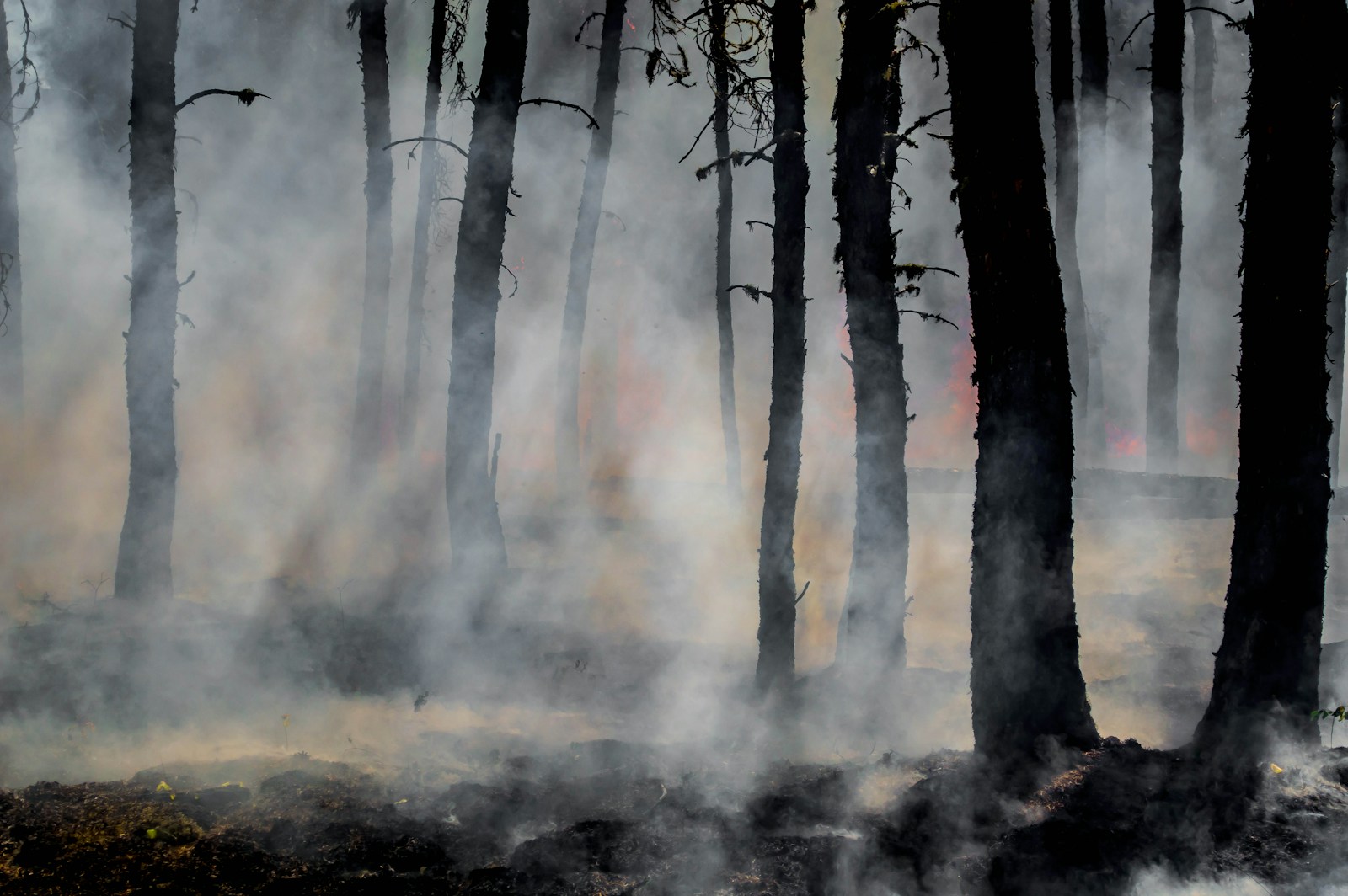Key Takeaways:
– Los Angeles battles with air quality deterioration due to intense wildfires.
– Wildfires trigger health issues, resulting in steep hidden costs.
– Smoke from wildfires worsens respiratory problems, increases mortality rate.
– Small particles in smoke infiltrate lungs to multiple bodily organs, adding health risks.
– Exposure to smoke heightens vulnerability to respiratory diseases.
Unseen Health and Economic Impact of Wildfires
Smoke engulfing Los Angeles due to growing wildfires is amplifying health risks for residents and potentially adding billions to the economic damages. While wildfires have led to widespread devastation, including the displacement of nearly 180,000 residents and damaging at least 10,000 structures, the health-related economic impact remains a hidden cost.
The economic impact of the wildfires, estimated at $20 billion by JP Morgan Chase & Co analysts, does not include the health implications of the smoke. The pollutants present in the smoke lead to health complications, which are an added economic burden, possibly amounting in billions every year.
Dire Health Risks of Wildfire Smoke
Beyond the immediate damage caused by the wildfires, smoke presents a very dangerous health threat. According to pediatrician Debra Hendrickson, smoke contains many harmful pollutants, including ozone, carbon monoxide, particulate matter 2.5 (PM2.5), and ultra-fine particles known as PM0.1. These small particles can penetrate deep into the lungs, enter the bloodstream, and impair every organ in the body.
While past research has examined the health impacts of exposure to PM2.5 from fossil fuel pollution, newer studies suggest that the particulates in wildfire smoke are equally hazardous. These particulates can cause several respiratory issues and increase susceptibility to diseases like Covid-19, influenza, and pneumonia.
Long-Term Effects and Mortality
Moreover, exposure to smoke can lead to long-term complications like an increased risk of dementia and complications during pregnancy. The University of California’s environmental health scientist, Carlos Gould, indicates that exposed children are often born prematurely and have lower birth weights. According to estimates, the current pollution level can push mortality rates up by 5% to 15%.
The burden of these health complications is likely to unfold in the form of higher mortality rates, aggravated respiratory health concerns, increased emergency room footfall, and work loss in the days and weeks to come. This will be particularly concerning for those with underlying health conditions, the elderly, children, and pregnant women.
Financial Blow: Health-Related Losses
Wildfire smoke exposure can lead to an average of 4,000 premature deaths annually, resulting in an estimated $36 billion health-related costs per year. A study also suggested that long-term costs due to smoke exposure sum up to between $76 billion and $130 billion. Beyond the immediate proximity of the fires, smoke can spread quite far, affecting people in distant places and accentuating these costs.
Australia’s 2019-2020 wildfire season is a stark reminder of this threat, with nearly A$2 billion ($1.2 billion) spent in healthcare costs, mainly comprised of hospital visits for respiratory diseases, cardiovascular problems, and nearly 429 smoke-related premature deaths.
Mitigative Measures to Curb Exposure
To minimize the harmful effects of smoke, individuals are advised to regularly monitor the local air quality updates available on websites like AirNow. Going outside in a highly smoke-ridden atmosphere mandates the usage of high-quality masks like N95. For infants too young for masks, a damp blanket can be draped over their car seats to prevent exposure. Indoor air quality can be maintained using standalone air purifiers or HVAC systems equipped with air filters.
The initial and ongoing wildfire damages are enormous, but the unseen health-related impacts pose an additional economic and social challenge for the affected communities. It underscores the urgent need to strategize and implement effective preventive and mitigative measures to safeguard residents from the unseen health issues related to wildfires.

